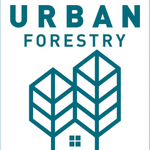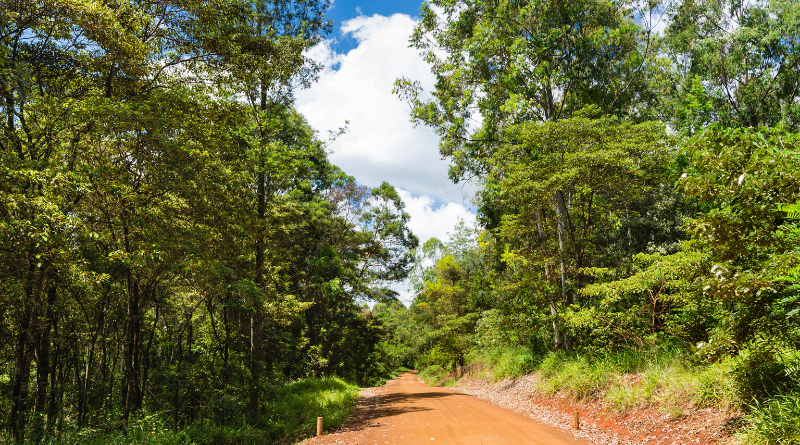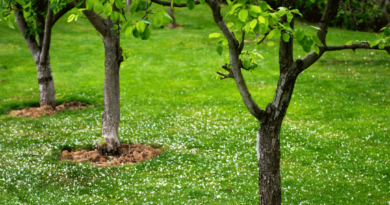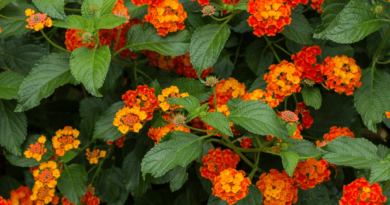6 Important Facts About Urban Forests
Urban forests, also known as community forests or street trees, play a vital role in improving the quality of life in cities. These forests provide a wide range of benefits to urban residents, including improved air and water quality, reduced energy consumption, and increased property values. In this chapter, we will discuss six important facts about urban forests that everyone should know.
-
Urban forests help to reduce air pollution. Trees absorb pollutants through their leaves and release oxygen, which helps to improve air quality. They also act as natural filters, trapping dust and other particles before they can enter the air we breathe.
-
Urban forests help to reduce the urban heat island effect. Urban areas tend to be warmer than rural areas due to the abundance of heat-absorbing surfaces like asphalt and concrete. Trees, on the other hand, provide shade and release water vapour through a process called transpiration, which helps to cool the surrounding area.
-
Urban forests provide numerous health benefits. Spending time in nature has been shown to reduce stress, improve mental health, and boost overall well-being. Urban forests also provide opportunities for physical activity, such as hiking and biking, which can help to improve cardiovascular health.
-
Urban forests play a key role in stormwater management. Trees absorb and store rainwater, reducing the amount of runoff that enters stormwater systems. This helps to prevent flooding and erosion and improves water quality.
-
Urban forests increase property values. Homes and businesses located near trees and green spaces tend to be more desirable and command higher prices than those located in more barren areas.
-
Urban forests are under threat from development and neglect. Many urban forests are at risk of being destroyed to make way for new development. Additionally, urban forests are often neglected and not properly maintained, which can lead to the decline or death of trees.
References:
- Nowak, D. J., Crane, D. E., & Stevens, J. C. (2006). Air pollution removal by urban trees and shrubs in the United States. Urban Forestry & Urban Greening, 4(3), 115-123.
- Rosenzweig, C., Solecki, W., Parshall, L., Paskoff, R., Rowntree, K., & Luber, G. (2008). Climate change and urban heat islands. American Journal of Preventive Medicine, 35(5), 429-435.
- Kuo, F. E. (2001). Coping with ADD: the surprising connection to green play spaces. Environment and Behavior, 33(1), 54-77.
- McPherson, E. G., Simpson, J. R., Peper, P. J., & Roper, T. B. (1998). Urban forest values and benefits. Journal of Arboriculture, 24(4), 156-162.
- Nowak, D. J., & Crane, D. E. (2000). The value of urban forest. Journal of Arboriculture, 26(2), 65-75.
- McPherson, E. G., Simpson, J. R., Peper, P. J., & Roper, T. B. (1998). Urban forest values and benefits. Journal of Arboriculture, 24(4), 156-162.




